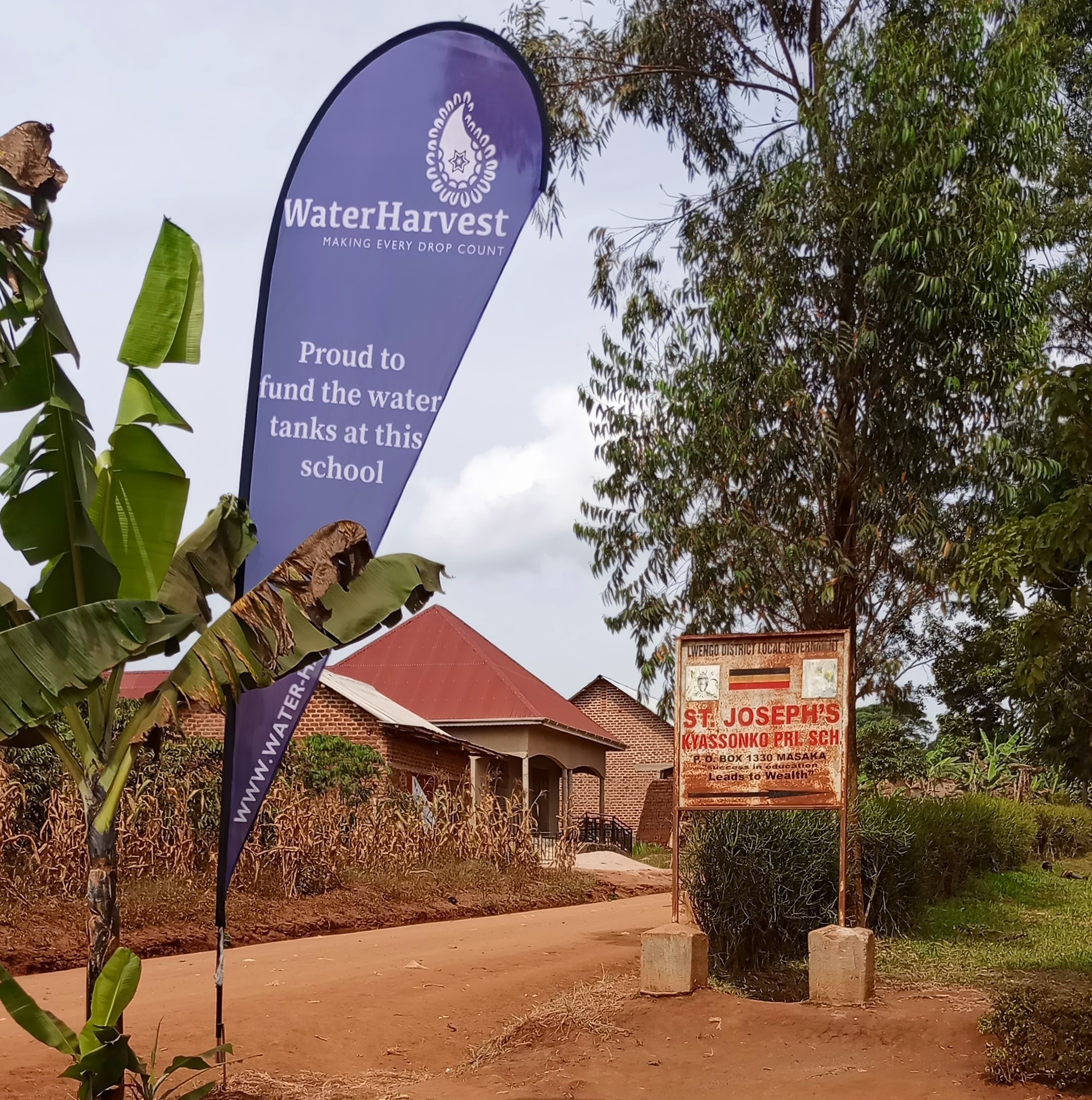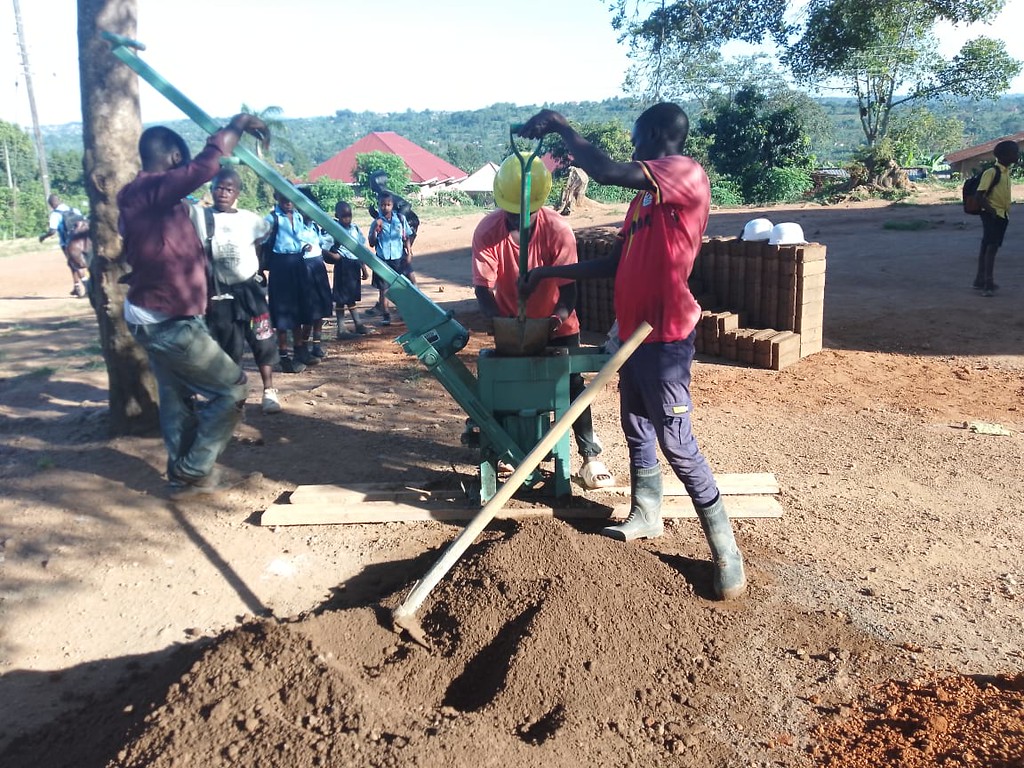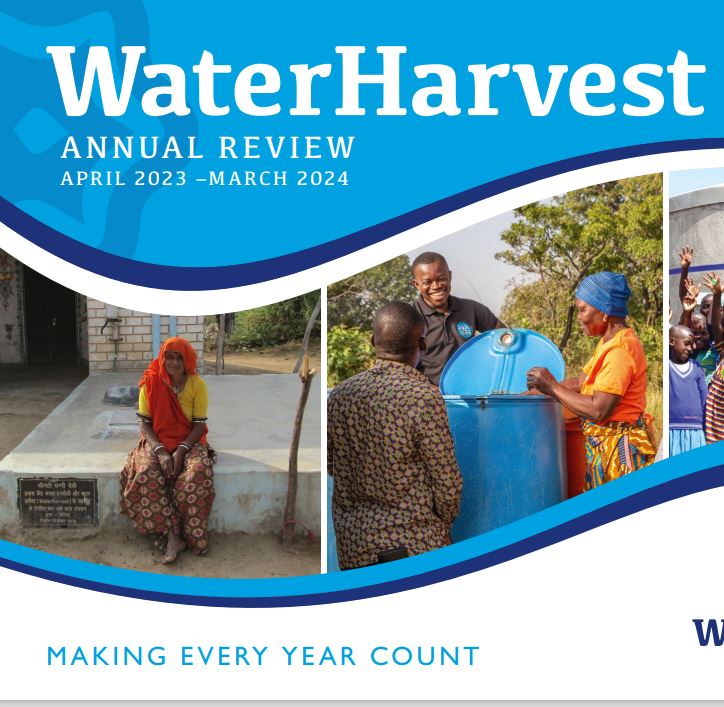Swimming for clean water

Can you help Mark, a visually impaired swimmer, swim the Channel?
If you have recently taken a ferry across the English Channel returning from a summer holiday, the furthest thing from your mind as you looked down at the grey, choppy waters was probably a long swim. I know my thoughts were more focused on whether my young children were safe as they peered over the railings, fascinated by the huge expanse of water below. This September, Mark Critchlow is taking part in his second swim across the channel as part of a four person relay, raising money to support WaterHarvest. What makes Mark’s swim even more awe-inspiring is the fact that he is visually impaired.
We, at WaterHarvest, are very honoured that he has undertaken this swim to raise funds for the work we do. His target is to raise £10,000, bringing clean water to 20 families in the Thar Desert in Rajasthan.
A massive challenge

In August 1875, Captain Matthew Webb was the first person to swim unassisted across the Channel – taking 21 hours and 45 minutes. Since then, there have been around 4,000 swims in total. Mark himself swam the Channel in 2017 as part of a four man relay. Having suffered some unfortunate set backs with his health since then, he is now embarking on the challenge for a second time.
Swimming the English Channel isn’t just about covering huge distances (around 21 miles). Swimmers, along with their pilot boats, need to navigate the strong currents, the cold water (around 18c), the jellyfish and not least the traffic: over 600 tankers and 200 ferries pass through the English Channel each day. These large tankers cannot change course easily and one of the roles of the Pilot boat is to ensure that the swimmer avoids them.
A bit about Mark

Mark was born blind in one eye and started to lose the vision in his other eye during his 30s. As a child, he always excelled at sports such as rugby, cycling and running, often playing at a national level. Mark found comfort in the rules and discipline that are an integral part of sport. In his 30’s, however, the sight in his other eye began to deteriorate and his balance suffered. No longer able to run competitively and suffering chronic pain, he faced a tough period of adjustment in his life.
Finally, he found a sense of freedom through swimming, in being able to extend himself fully and safely (something that he couldn’t do in other sports). Mark was registered visually impaired at the end of 2011 and his guide dog, Seiko, joined him shortly after that. Mark fits his training in around his demanding full-time job. He trains around five times a week – sometimes at his gym in Acton, sometimes in the sea in Dorset and also in lakes.
How will it work?
Mark’s swim is scheduled for between 13th – 24th September, depending on the weather and the tides. He is swimming as part of a four man team. Each team member swims for a one hour stint before returning to the pilot boat for a short recovery. Mark’s limited tunnel vision means that he can’t judge his distance from the pilot boat. To counter this, Mark has designed a system of coloured lights set at specific distances apart – red at the back, green in the middle and amber in the front. If he can see two lights (green and amber) he will know he is a good distance from the boat. If he can only see one light then he is too close to the boat. If he can see all three, then he is too far away from the boat. Mark has designed this strategy himself.

Mark is hoping to swim the channel solo in a few years, so this challenge will be a good way for him to test out this innovative system. Mark is also developing a system of whistle blows to act as warnings, since he won’t be able to read the whiteboard which is normally used to communicate with swimmers.
Can you help us?
Mark’s aim is to raise £10,000 so that he can bring clean water to 20 families in the Thar desert in Rajasthan. With the money raised, WaterHarvest will be able to build underground taankas that fill up with rain water during the monsoon and store the water for use throughout the year. The clean water in these taankas will not only improve the health of the whole family, but enable girls to regularly attend school rather than spend hours walking to fetch water each day.
As Mark battles again the cold, the current, the jellyfish and the super tankers, can you help him achieve his fundraising goal? Please visit the link below:
http://uk.virginmoneygiving.com/fund/ChannelChallenge4WaterHarvest
This week’s blog was written by Nicola Floyd on 27th August 2019.

About Nicola: Nicola is WaterHarvest’s CEO. She is lives in Wiltshire in the UK. Prior to working in the development sector, she worked in investment banking in Hong Kong, New York, Bangkok and London.





